- Glendale Community College (GCC) offers you student clubs of all kinds, student government opportunities, cultural performances all year, an internationally known forensics team and wonderful athletics programs. There is an abundance of information here about the 1,000+ courses we offer, the myriad university transfer degrees you can begin here, and the 50 associates degrees or 50 certificates you can pursue. Every faculty and staff member at GCC is here to serve you in some way, and all of us look forward to helping you reach your true potential in the classroom, in extracurricular activities outside the classroom, and in your world beyond college.
School Highlights
Glendale Community College serves 20,240 students (26% of students are full-time).
The college's student:teacher ratio of 22:1 is lower than the state community college average of 23:1.
Minority enrollment is 61% of the student body (majority Hispanic), which is equal to the state average of 61%.
Quick Stats (2025)
- Enrollment: 20,240 students
- In-state tuition: $2,046
- Out-state tuition: $7,830
- Student:teacher ratio: 22:1
- Minority enrollment: 61%
- Source: Verified school update
Top Rankings
Glendale Community College ranks among the top 20% of public schools in Arizona for:
School Overview
The teacher population of 930 teachers has stayed relatively flat over five years.
Glendale Community College
(AZ) Community College Avg.
Carnegie Classification
Associate's Colleges: High Transfer-Mixed Traditional/Nontraditional
Baccalaureate / Associates Colleges
Institution Level
Four or more years
At least 2 but less than 4 years
Institution Control
Public
Private, for profit
Total Faculty
930 staff
296 staff
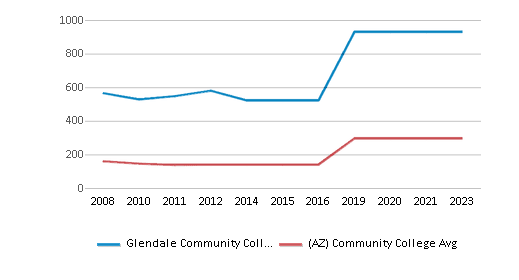
Student Body
The student population of Glendale Community College has grown by 12% over five years.
The student:teacher ratio of 22:1 has increased from 15:1 over five years.
The Glendale Community College diversity score of 0.68 is less than the state average of 0.71. The school's diversity has stayed relatively flat over five years.
Total Enrollment
20,240 students
3,009 students
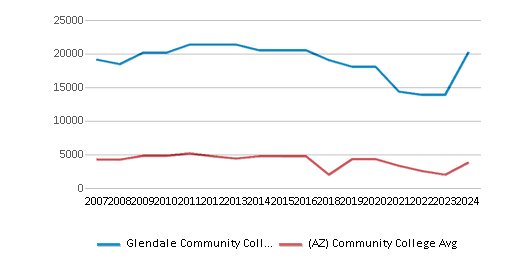
Student : Teacher Ratio
22:1
23:1
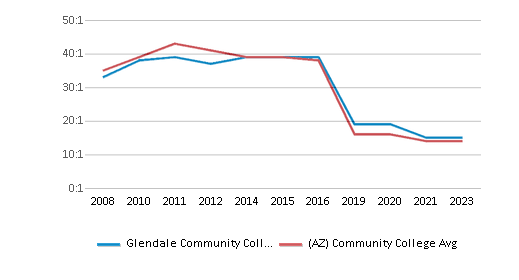
# Full-Time Students
5,322 students
1,238 students
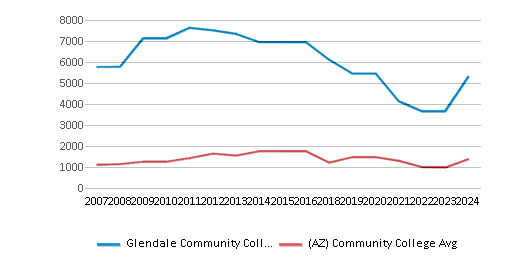
# Part-Time Students
14,918 students
4,184 students
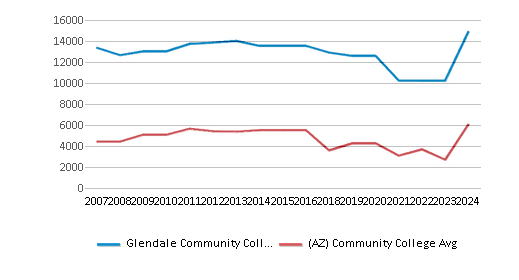
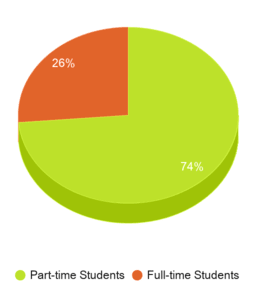
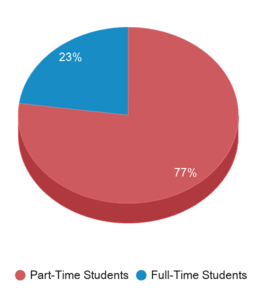
# Enrollment Undergraduate
202 students
339 students
# Full-Time Undergraduate Students
5,322 students
1,238 students
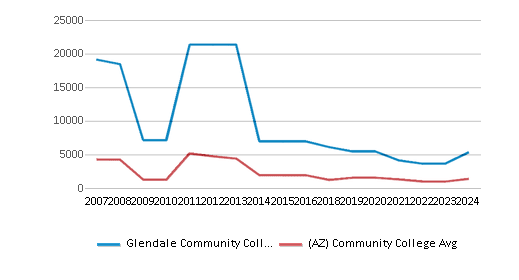
# Full-Time Graduate Students
n/a
66 students
# Part-Time Undergraduate Students
14,918 students
4,387 students
# Part-Time Graduate Students
n/a
11 students
Total Dormitory Capacity
n/a
250 students
% American Indian/Alaskan
1%
3%
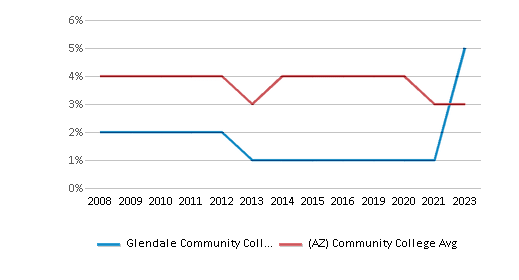
% Asian
5%
4%
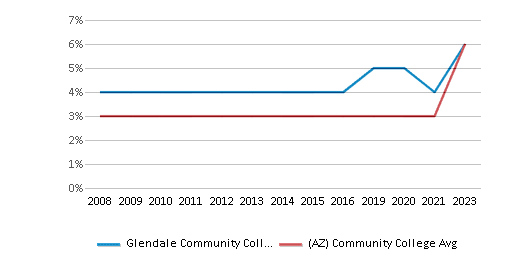
% Hispanic
40%
36%
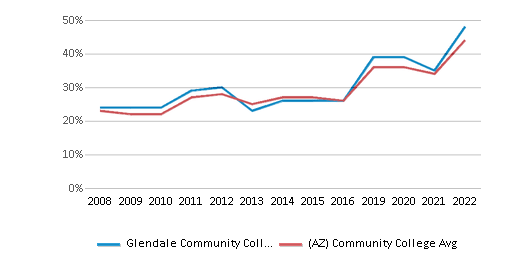
% Black
6%
7%
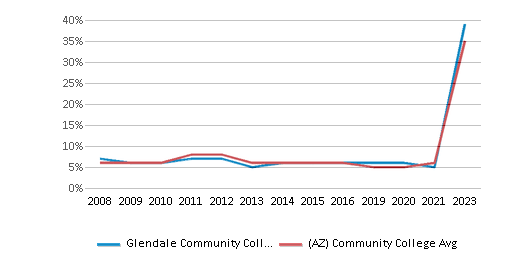
% White
39%
39%
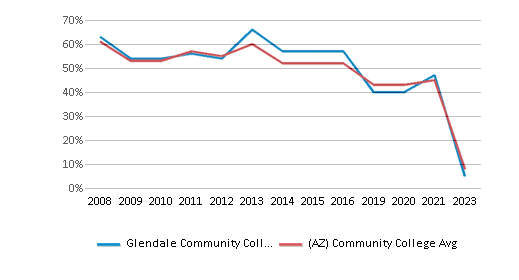
% Hawaiian
n/a
2%
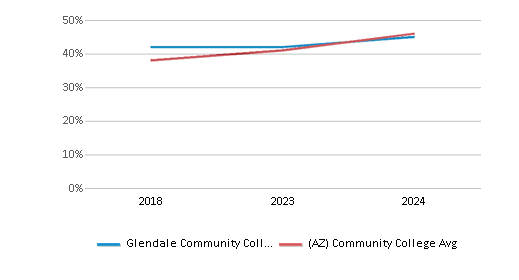
% Two or more races
5%
4%
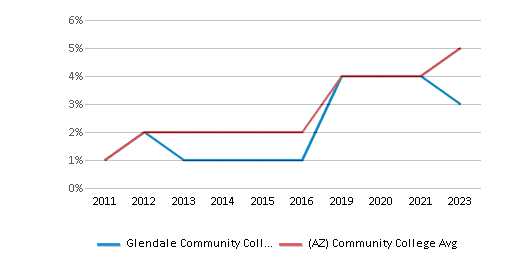
% Non Resident races
1%
1%
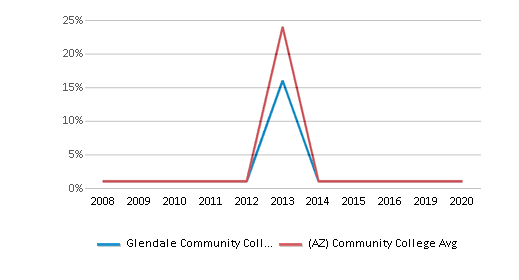
% Unknown races
2%
4%
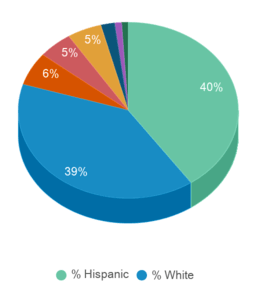
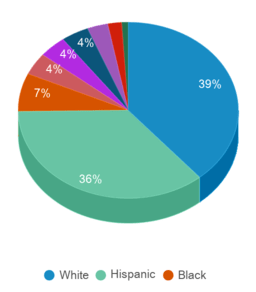
Diversity Score
0.68
0.71
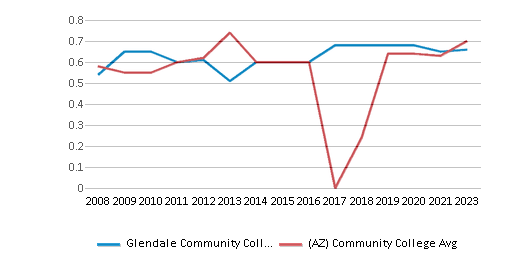
College Completion Rate (Students who graduate in less than 4 years)
0.1188%
0.4914%
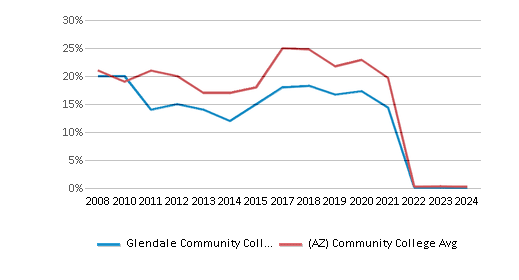
College Completion Rate (Students who graduate in 4 years or more than 4 years)
n/a
0.6%
Average Graduate Earnings (10 Years)
$36,900
$32,900
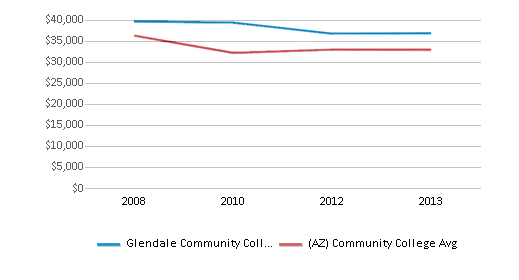
Tuition and Acceptance Rate
The public in-state tuition of $2,046 is more than the state average of $1,876. The in-state tuition has stayed relatively flat over four years.
The public out-state tuition of $7,830 is more than the state average of $7,132. The out-state tuition has stayed relatively flat over four years.
In-State Tuition Fees
$2,046
$1,876
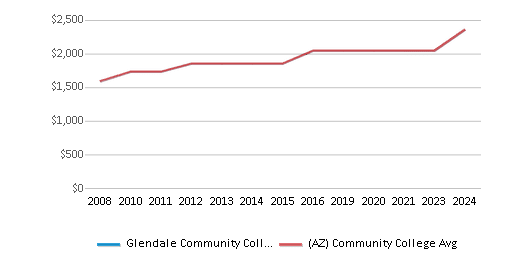
Out-State Tuition Fees
$7,830
$7,132

% Students Receiving Some Financial Aid
77%
82%
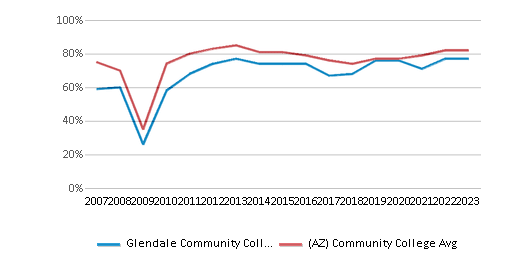
Median Debt for Graduates
$7,469
$9,500
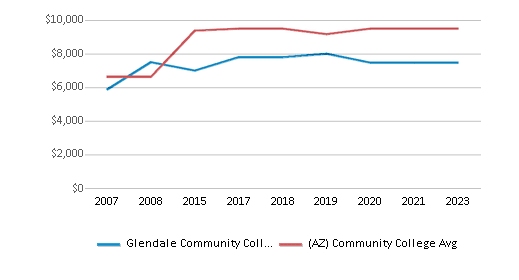
Median Debt for Dropouts
$3,772
$4,750
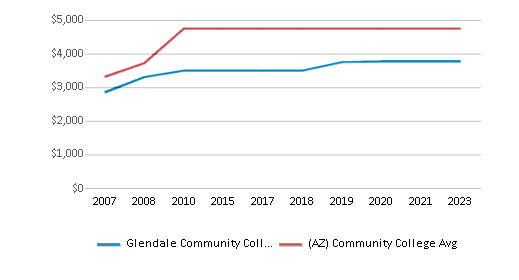
Acceptance Rate
n/a
100%
Source: 2024 (or latest year available) Integrated Postsecondary Education Data System (IPEDS)
School Notes
- Glendale Community College (GCC) keeps pace with the constant growth of the West Valley, offering increased breadth and depth of educational opportunity. Each year, more than 40,000 students enroll in dozens of courses and degree and certificate programs at one of three GCC locations, making the College's enrollment the second largest in the Maricopa County Community College District (MCCCD). More than 319,000 students have completed associate degrees, certificate programs, industry-specific training and university transfer courses. Located at 59th and Olive Avenues, the GCC main campus spans 147 acres and serves as a focal point for diverse community activities. The College offers a friendly, welcoming environment for learning. A dynamic, future-oriented Facilities Master Plan guides the ongoing development of GCC main campus to accommodate the changing needs and interests of thousands more students and community members. Glendale Community College is accredited by The Higher Learning Commission and a member of the North Central Association. Students, including teens, business employees, community residents, and retirees, are attracted by the small classes, professional instructors, ideal location, affordable tuition and flexible course offerings. GCC is hallmarked by its High Tech Complex and sophisticated technology used to enhance student learning.
Frequently Asked Questions
How much does Glendale Community College cost?
Glendale Community College's tuition is approximately $2,046 for In-State students and $7,830 for Out-State students.
What is Glendale Community College's ranking?
Glendale Community College ranks among the top 20% of community college in Arizona for: Least expensive tuition and Largest student body.
School Calendar
View the Glendale Community College yearly calendar below. Note key dates such as:
Event
Date
Last Day of Regular Classes Spring 2025
May 04, 2025 (Sunday)
Recent Articles

Obtaining Your Bachelor's Degree at a Community College
Explore the evolving landscape of community colleges offering bachelor's degrees, addressing affordability, accessibility, and workforce needs.

A to Z of Community College Certificates and Courses
From business and healthcare to technology and skilled trades, the article showcases the breadth of options available to students seeking to enhance their knowledge, develop new skills, or pursue career advancement.

What is a Community College?
This comprehensive guide explains what a community college is, its history, and its role in higher education. It covers the types of programs offered, differences from four-year colleges, benefits of attending, and important considerations for prospective students, providing valuable insights for those exploring educational options.





